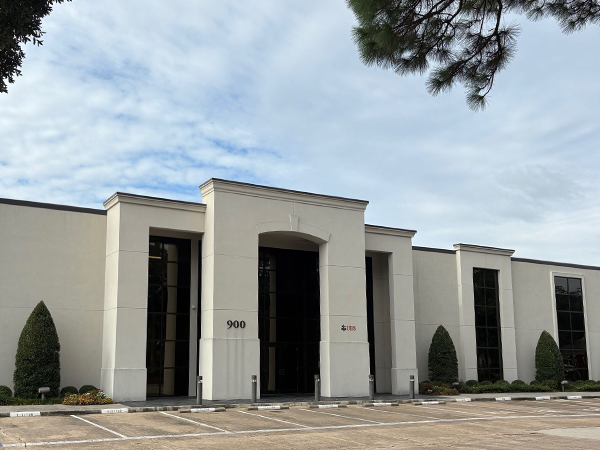900 East St. Mary Blvd. #104
Lafayette, LA 70503

Although one of the lesser known plastic surgeries, an increasing number of patients are turning to thigh lift surgery to improve the appearance of this part of their body. The thighs tend to be a key area affected by weight loss or gain, particularly if you are someone who has gained and lost weight on repeated occasions.
When this happens, the skin on our bodies stretches, sometimes beyond its usual capabilities. Unfortunately, stretched skin rarely shrinks back naturally, so diet and exercise have little effect in improving the thigh’s appearance. Nevertheless, cosmetic surgery can reduce excess fat and skin in this area, creating smoother, toned contours that help you feel happier with the appearance of your thighs.
What happens during a thigh lift procedure?
Thigh lift surgeries are always performed under a general anesthetic, due to the invasive nature of the procedure. It typically takes between two and three hours, and you may need to stay in the care of your medical facility for several days, depending on your response to the surgery.
There are two different types of thigh lift, a medial thigh lift which focuses on the inner thigh, or a lateral thigh lift which concentrates on the skin on the front and outside of the thigh. You may have either or both performed.
The procedure itself involves removing excess fat and skin from the thigh, and then closing the incision site using sutures and surgical tape. Compression bandages are also placed around the wound to encourage the healing process and ensure the wound remains closed while it seals itself.
In some cases, a thigh lift is combined with liposuction to help the patient achieve optimal improvement to the thigh area.
Recovery after a thigh lift procedure
Immediately after surgery, your thighs will be well bandaged, and you will probably be administered a strong pain relief. You may also have drains placed into incision sites to help clear away and fluid that accumulates and reduce post-operative swelling. These can usually be removed a few hours after surgery.
Once you are discharged home, you will need someone to drive you. You are advised to avoid driving for at least 10 days, so you may initially find even walking around difficult. Most patients take off from work for around 2 to 3 weeks, so that the majority of the healing can take place while they are at home. Although most swelling should have subsided by this time, some patients experience some swelling lasting up to 12 months after their procedure.
Top tips for recovering from a thigh lift
Prepare before going in for surgery. The initial days after your procedure you will be in some discomfort and may not be able to venture out of your home. Therefore, plan for this by prepping meals, putting clean bedding on and ensuring any tidying up is done. Don’t schedule any unnecessary appointments during this time and make sure you have someone who can check up on you and help you where necessary, such as by driving you anywhere you may need to go.
Quit smoking. Smoking is the number one inhibitor to a fast, complication-free healing process. It’s also really bad for your general health. If you can quit, even for the time around your surgery, your body will thank you for it!
Avoid aspirin. Aspirin is a blood thinner that can interfere with the usual blood clotting process – something which is important after any surgery. Don’t take any aspirin, or any non-steroidal anti-inflammatory drugs for at least two weeks before your thigh lift, and while you heal after.
Don’t be tempted to take your compression garment off early. One of the biggest mistakes people make when they get into the comfort of their own home is to think that they don’t need to wear their compression bandages. However, these are vital to your healing process and can help prevent you developing deep vein thrombosis (DVT), so you should adhere to wearing them exactly as recommended by our doctor.
Gentle physical exercise is good. Another way to avoid deep vein thrombosis is through a little gentle exercise, which can help reduce your risk of blood clots forming. Even just gentle calf exercises, which won’t put pressure on the thigh, can help get the blood circulating around your body. However, as soon as you feel up to it, start walking around. This will also encourage oxygenated blood to flow to the wound and speed up the healing process.
Exercise to avoid. Avoid heavy lifting, sports, and high impact activities for at least six weeks.
Stick to your aftercare plan and ask if you are concerned about anything. Our doctor will give you specific post-surgery advice to follow, and we strongly recommend that you do exactly that if you want to enjoy a swift and complication-free recovery. If you have any concerns or questions during the healing process, don’t wait. Speak to our surgeon’s office, so we can offer professional advice for your candidacy.
If you are unhappy with the appearance of your thighs and are considering cosmetic surgery, we would be happy to discuss this with you. Call our experienced plastic surgery center to schedule an appointment today at 337-226-0400.





